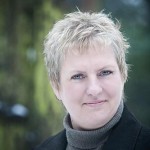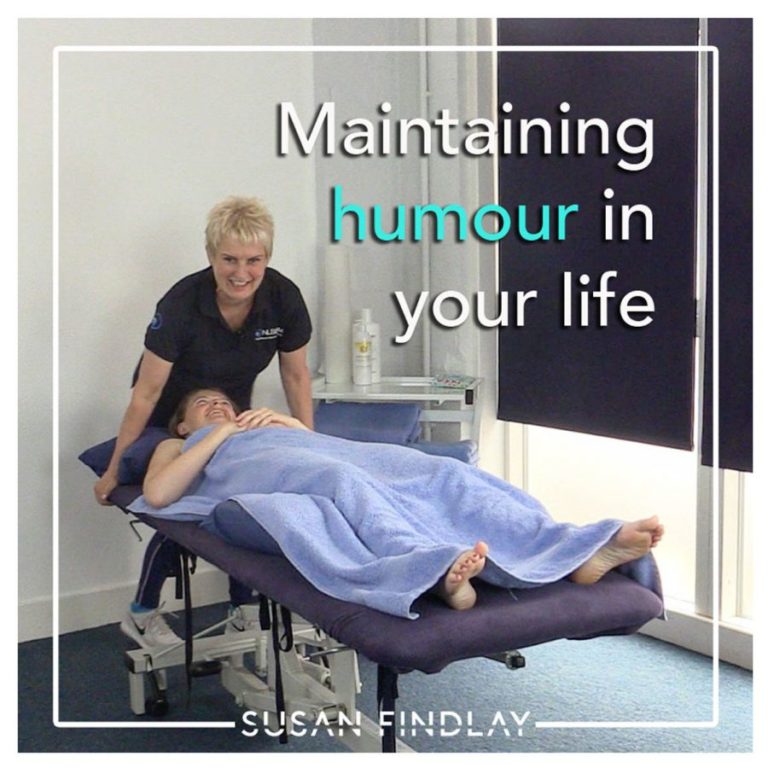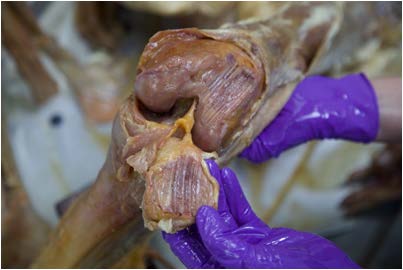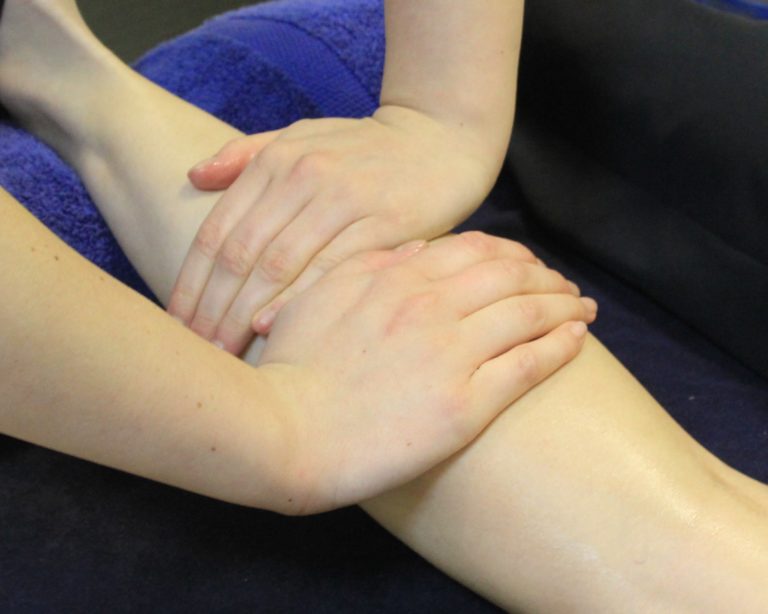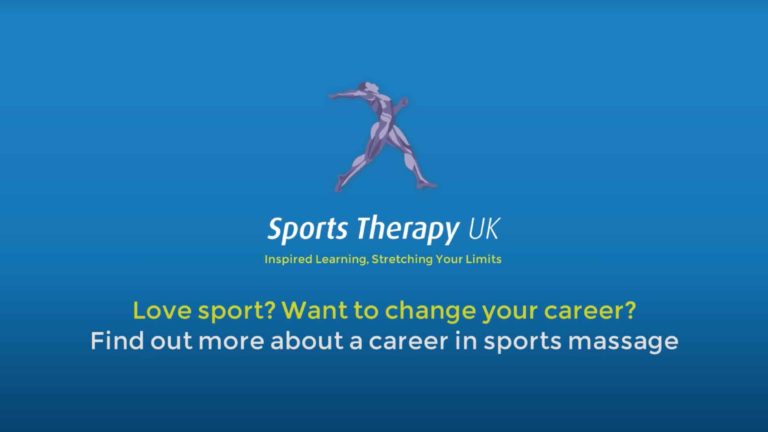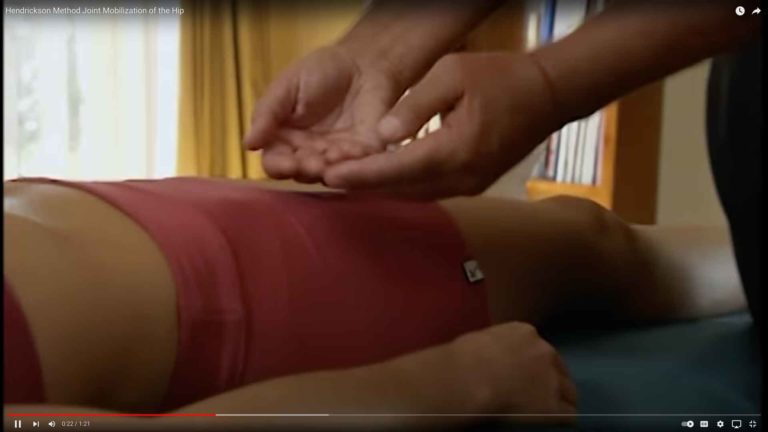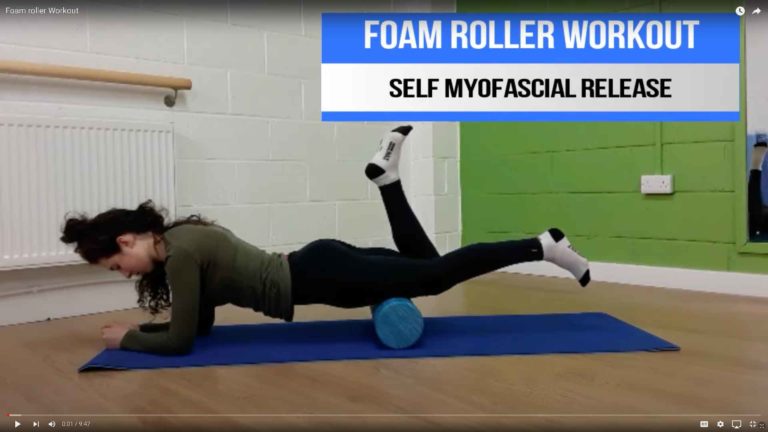I think a potential area in which some therapies could improve on is how they incorporate other specialisms into the rehab process. Sadly, some therapists can be quite arrogant when it comes to their claims about what their service can provide, in which they end up greatly overstating their therapeutic capabilities. Some people are also concerned that passing on clients means missing out on money. No therapist can truly consider themselves holistic if they are using their treatment as a panacea for all ailments and complaints. It would be fantastic if the human body was so simple it could be treated in a “one-stop-shop”, but as we all know this is not the case.
Imagine this scenario – a male client comes in with lower back pain, he is 54, and carries a lot of weight around his midsection. He has a history of LBP spanning over many years, with a gradual onset and lasting a few weeks, but in the past it has resolved with rest. Your treatment approach is not proving to be effective at the moment and the discomfort is now interfering with his activities of daily living, as well as his sleep. His doctor has given him pain medication and muscle relaxants which he has been taking for the past 10 days. He has had his workstation assessed and ergonomically set up including an appropriate chair. He is not a physical person, and does not like going to the gym as he finds it boring.
What do you think this gentleman needs, other than massage?
I have a circle of therapists and professional health care workers who I rely on to support my clients’ journeys. I will not hesitate use any of these if it furthers my clients outcome and helps them to achieve their goals. After all, my clients come to me to get well.

The Pilates clinic I usually refer to is Complete Pilates, owned by Helen O’Leary. They specialise in pre-and-post surgical spine patients, chronic pain (including fibro), women’s health, and general health and wellbeing. They are also in the process of taking PINC and STEEL qualifications, as they are doing an increasing amount of oncology work. They are a mixture of physios and non-physios, but specialise in physio-led equipment Pilates.
I love working with Helen as she shares my ethos that there is no one universal solution to healthcare, and that treatment needs to be highly personalised to suit the client’s needs. Her biggest concern is that “everyone is directed to the right person at the right time, whether this be within our outside my company”. Everyone is entitled to make progress, and this is a wonderful thing. When our clients do this, with or without us, we can honestly say that we are doing our job properly.
She encourages her (and my) clients to try: Yoga, movement therapies, S&C coach, a well-qualified PT, fun activities, taking up a movement-based activity that they enjoy, walking to-and-from work, green therapy, getting a dog to walk, or even walking the neighbour’s dog.
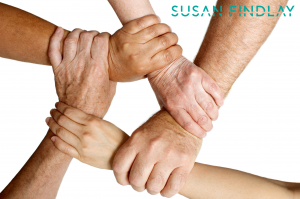
The Osteopath I use is Esther Tang, she is a teacher at NLSSM with a BTEC level 5 qualification. You can find the clinic she works for here. She also shares my interest in how the different body areas relate to each other, and how pain in one area may be caused by dysfunction in another area. She is comfortable treating the entire body: necks, backs, shoulders, hips, knees, and feet. She has a strong manual therapy background and treatment usually involves massaging the muscles, articulating and manipulating the joints, IASTM (Instrument Assisted Soft Tissue Manipulation), dry needling and taping. Esther will also prescribe appropriate home care exercises to help you extend the effects of your treatment. She has a strong sporting background, so she understands the need of having a body which is functioning at its optimum level. When selecting a physiotherapist or osteopath I always choose one who undersands both hands-on therapy and movement.
Whenever I need to refer my clients to functional medicine and nutritional therapy, I refer my clients to Debbie Lewis. She says that ‘I look for the underlying cause of the problem as opposed to just suppressing systems. This is what’s called “root-cause resolution”. It’s the difference between turning off the stove and just putting a lid on a boiling pot.’
Debbie uses a whole-body diagnostic approach; she will look at digestive problems, fatigue, skin issues, osteoporosis, and food intolerance to name but a few. She says that she is “not so concerned with the diagnosis, but finding out what the underlying problem is”. This means that she shares my holistic values, which enables us to give the most effective treatment possible for our clients.

This is the value of having a team approach. Wellness is often about a lifestyle change rather than a quick fix. We can no longer just take a pill to resolve symptoms; it is imperative that the cause of the symptoms is addressed rather than just suppressing the body’s communications. Pain and discomfort are precisely this; we often assume that if the experience ceases that the problem has also gone. This is not true, and more often than not modern medicine simply masks this and makes us deaf to our body’s message. When this happens typically your nervous system will increase the “volume” of the message until it has reached another intolerable plateau once again.
For the therapists I referenced in my first paragraph, who are concerned that passing clients on to other specialists may financially impact upon them, consider this: whilst it may be the fact that you will take a small financial hit at the time, this client is much more likely to recommend you to their friends because it is obvious that your client’s wellbeing comes first and foremost. Do not be afraid to refer on. You can consider it a small investment for a long-term gain, both in your finances and the wellness of your clients
Not joined up yet?
There’s plenty of reasons to join the LCSP Register
Insurance Partners
Our dedicated team can tailor individual policies to suit your specific needs
Workshops
Keep your skills up to date with CPD Workshops and courses
Business Support
Advice tailored to working in the private sector
Find a Therapist
Our directory of therapists searchable by the general public
Welfare Officer
Supporting members who may have situations of difficulty where they need assistance, guidance or reassurance.
